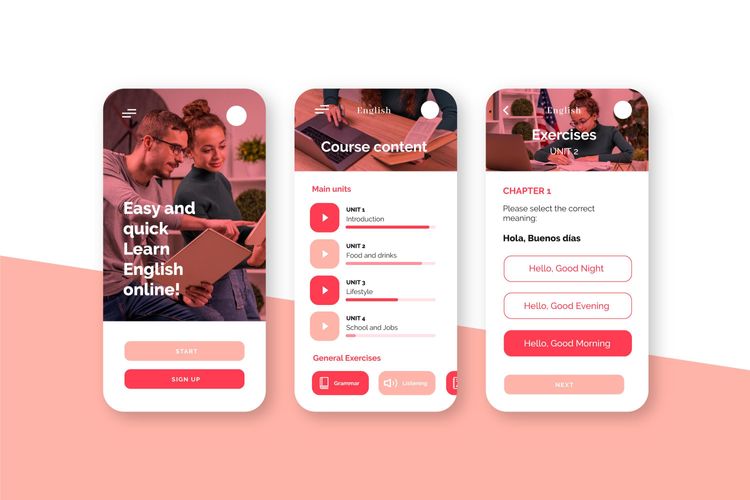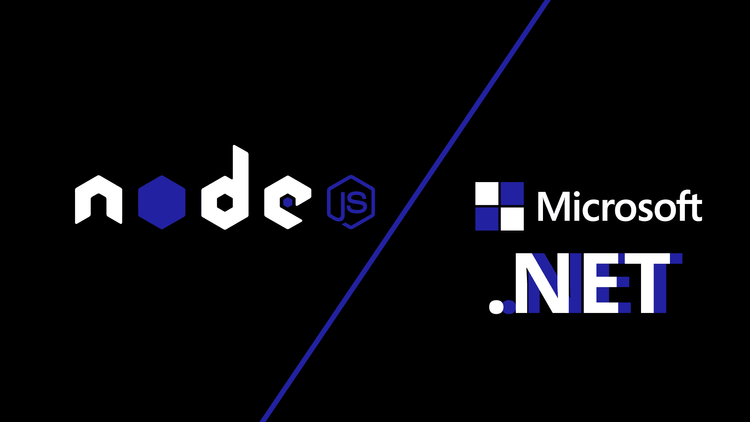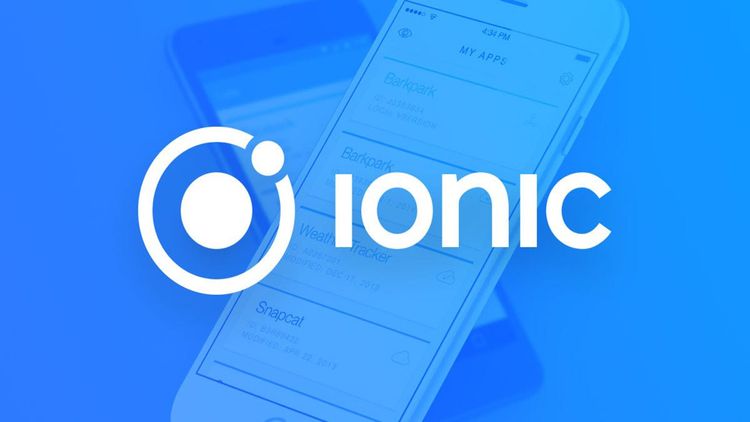Effective Strategies in Application Development
In an increasingly digitalized business world, application development has become a fundamental necessity for companies seeking to remain competitive and meet customer demands. However, creating an effective application requires more than just a good idea; it is crucial to adopt strategies that ensure its success and functionality in application development. In this article, we will explore key topics ranging from understanding user needs to the ongoing evaluation of applications.
Understanding User Needs
One of the first considerations in application development is to deeply understand the needs and expectations of the end user. This involves conducting market research and surveys to identify specific problems that the application must solve. A good user experience and intuitive features are essential to differentiate a successful application from one that goes unnoticed.
The research process can include qualitative and quantitative methods, such as interviews, focus groups, and analysis of usage data from existing applications. By focusing on user feedback, developers can identify necessary features and avoid solutions that do not add value. Starting application development with a solid foundation of user data is fundamental to designing an engaging and functional solution.
Implementing an Agile Approach
Application development greatly benefits from the implementation of an agile approach. Agile methodologies, such as Scrum or Kanban, allow teams to quickly adapt to changes and new priorities, facilitating rapid iterations and the integration of continuous feedback. This not only optimizes development time but also improves the chances that the final product meets user expectations.
For example, using an agile framework, a team can break the project into sprints, periods in which specific parts of the application are completed. At the end of each sprint, the team reviews progress and seeks feedback from stakeholders, adjusting the project's course as necessary. This continuous cycle of development and review is key to success in application development.
Ensuring Security
Security is another critical aspect that should not be underestimated in application development, especially for applications that handle sensitive information or conduct financial transactions. From the early stages of development, it is essential to implement measures that ensure data protection and user authentication. User trust largely depends on the application's security, making it mandatory to address this issue seriously.
There are several best practices to improve application security. These include using encryption for data transmission, ensuring that all sensitive information passing between the user and the application is protected. Additionally, implementing multifactor authentication and conducting regular penetration testing helps identify and fix potential vulnerabilities before they are exploited.
Prioritizing security from the start of application development not only protects users but can also be an important selling point. Users are increasingly concerned about their privacy, and applications that demonstrate a strong commitment to security often gain user trust and loyalty.
Development for Multiple Platforms
Android and iOS
When developing applications, it is vital to target the two main mobile platforms: Android and iOS. Each platform has unique characteristics and requirements, making it essential to know the appropriate programming languages and frameworks to ensure the success of application development.
Multiplatform development is becoming increasingly popular, but it is essential to understand the differences between the two. For example, while iOS has a more closed approach to hardware and software (which makes optimization more predictable), Android allows for greater customization and can run on a wide range of devices. This means that when carrying out application development, it is essential to consider how the application will behave in different environments.
Programming Languages and Frameworks
For Android, Java and Kotlin are the most popular languages. Java has been the standard for many years, but Kotlin has quickly gained popularity due to its conciseness and modern features, making it the recommended language by Google for application development on Android.
For iOS, Swift is the preferred programming language, designed to be safe and easy to use. Objective-C is still used in some projects, especially in older applications, but Swift is the path forward for new applications in application development.
For multiplatform development, frameworks like React Native allow developers to use JavaScript to create native applications for both iOS and Android. This approach facilitates code reuse and accelerates the application development process. Other popular frameworks include Flutter, which uses the Dart language and offers near-native performance while creating beautiful and responsive user interfaces, and Xamarin, which enables the development of applications using C# and the .NET platform. All these approaches contribute to a more efficient and effective application development process.

Integration with Existing Systems
Since companies often use multiple tools and platforms, it is crucial that the new application integrates seamlessly with existing systems, such as databases and analytics software. This integration not only improves operational efficiency but also offers users a more cohesive and functional experience, optimizing daily interactions in a business environment.
Web services and RESTful APIs are fundamental to enabling this integration. By utilizing these tools, developers can create connections between the new application and pre-existing systems, facilitating data exchange and user synchronization. This allows for real-time data updates and ensures that the user experience is consistent and smooth.
In this sense, MIT Software stands out as a leading company in Barcelona, Spain, in executing application development projects. With an expert team and a client-centered approach, MIT Software offers tailored solutions that add value to each project, ensuring alignment with the specific needs of businesses.
Continuous Evaluation and Improvement
Application development does not end once the application is launched. It is crucial to monitor the application's performance and collect data on its usage. Metrics like user satisfaction, retention rate, and technical performance are fundamental in identifying areas for improvement. Continuous feedback and regular updates are essential to keep the application relevant and useful.
Integrating analytics tools within applications helps businesses gain insights into user behavior and application performance. This can include everything from tracking clicks and navigation to analyzing conversion rates and any bugs that occur. Applying these metrics can allow adjustments to the application development strategy to maximize its effectiveness in the market.
Emerging Trends in Application Development
In addition to traditional approaches in application development, it is important to stay updated on emerging trends that are shaping the future. Some of these trends include:
Artificial Intelligence (AI): Integrating AI into applications is transforming how users interact with technology. From chatbots that enhance customer service to recommendation algorithms that personalize user experiences, AI offers many opportunities to enrich application development.
Augmented Reality and Virtual Reality (AR/VR): Applications using AR and VR are beginning to become common in sectors like retail, education, and entertainment. These technologies offer new ways to interact with information and are starting to be a key part of application development.
Internet of Things (IoT): Applications that connect with IoT devices are enabling smarter resource management and unprecedented connectivity. This transforms how users interact with their environments, and application development will play a critical role in this evolution.
No-Code Application Development: The ability to create applications without the need to write code is gaining traction, allowing more people to participate in application development. Platforms like Bubble and Adalo allow users to build functional applications without being programming experts, democratizing the creation process.
Success Stories
Numerous success examples highlight the effectiveness of correctly implementing strategies for application development. Applications such as Spotify and Airbnb have revolutionized their respective industries by using a user-centered approach, integrating continuous feedback, and quickly adapting to market trends.
Spotify
Spotify has not only transformed how we listen to music but has also effectively used data collection and AI to offer personalized recommendations. Its agile approach to application development has allowed it to iterate quickly on features that maintain user engagement and satisfaction.
Airbnb
On the other hand, Airbnb demonstrates how system integration and user experience can radically transform a sector. Its application is an excellent example of how to optimize the experience for both guests and hosts. By implementing features that directly respond to their needs, they have achieved massive growth in the use of their platform.
Conclusion
In conclusion, application development for businesses is a complex process that requires attention to multiple factors. By adopting these effective strategies, companies can create applications that not only meet the needs of their users but also drive growth and success in a competitive environment. Constant innovation and adaptation to emerging technological trends are essential to stay ahead and make the most of opportunities in the digital marketplace.
With the help of an expert partner like MIT Software, businesses can navigate the complex landscape of application development and ensure that their projects are not only functional but also align with their long-term vision. By prioritizing user experience, security, and keeping up with emerging trends, businesses are well-positioned to succeed in the digital future.

















































































